- Home
- Missions
- Data
- Communications
- People
- The Earth Observer Newsletter

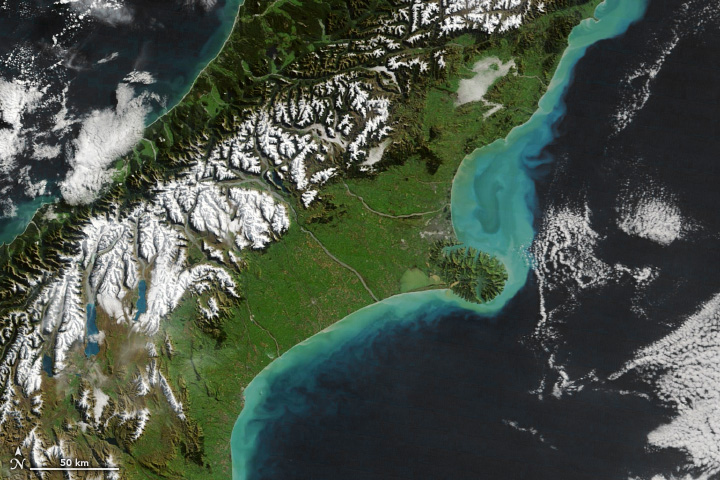
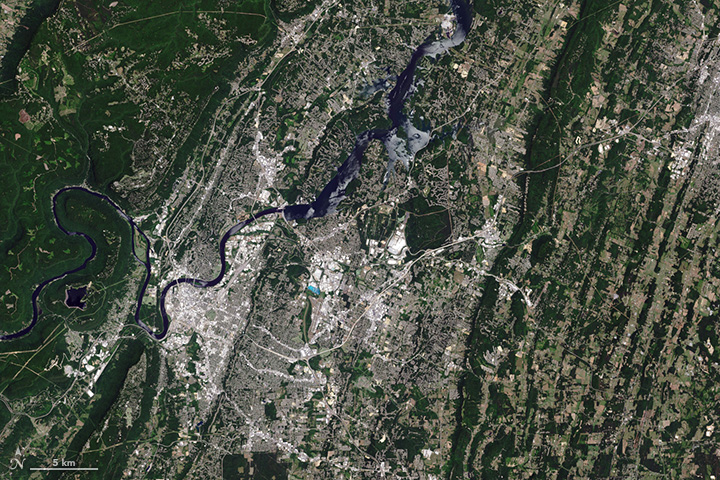
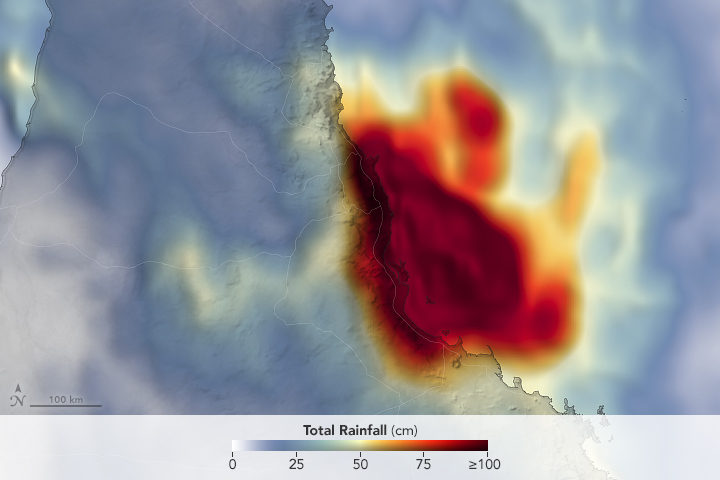
Recent Imagery
You will be directed to the NASA Visible Earth webpage when you select Images by Mission below, or click on the images at right that are randomly generated to represent four out of all possible topics.
You are here
Science Writers' Guide
NASA's Earth Observing System provides a variety of materials available for download. Feel free to choose a category below:
- Brochures
- Postcards
- Posters
- Science Writers’ Guide
- Mission Brochures
- Fact Sheets
- Calendars
- Booklets
- Lithographs
- Reference and Data Products Handbooks
- iBooks
- Activities
 |
SAGE III on the International Space Station NASA’s Stratospheric Aerosol and Gas Experiment (SAGE) family of remote-sensing-satellite instruments has long measured ozone (O3) concentrations, stratospheric aerosols, water vapor, and other trace gases that influence Earth’s atmosphere. Planned for launch in 2016, SAGE III on the International Space Station will continue the legacy of accurate SAGE measurements. This brochure provides details about the instrument, launch and installation, ground system and data, and more! This publication appears in: |
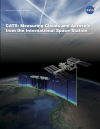 |
CATS: Measuring Clouds and Aerosols from the ISS In 2011 the International Space Station (ISS) NASA Research Office offered scientists at NASA’s Goddard Space Flight Center a mounting location onboard the space station for a new lidar instrument called the Clouds and Aerosol Transport System (CATS). Described in this brochure, CATS provides vertical profiles of cloud and aerosol properties at three wavelengths (1064, 532, and 355 nanometers). The CATS mission seeks to build on the CALIPSO data record, provide observational lidar data to improve research and operational modeling programs, and demonstrate new lidar retrievals of clouds and aerosols from space. These technologies and the science gained from the CATS mission will be used to design future missions that will study clouds and aerosols and their affects on Earth’s climate and air quality for years to come. This is related to the following mission(s): This publication appears in: |
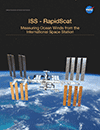 |
ISS-Rapid Scatterometer (2014) Described in this brochure, NASA’s International Space Station Rapid Scatterometer, or ISS-RapidScat, is the first scientific instrument specifically created to observe Earth winds from the space station. Scheduled for launch in late 2014, the experimental mission will measure ocean-surface wind speeds and directions, providing data that are needed to support weather and marine forecasting—including tracking storms and hurricanes—and climate research. The space station’s unique orbit will allow ISS-RapidScat to make the first direct observations of how ocean winds vary over the course of the day. This is related to the following mission(s): This publication appears in: |
 |
Orbiting Carbon Observatory 2 (2014) This brochure describes NASA's Orbiting Carbon Observatory 2 (OCO-2) mission. OCO-2 is the first NASA satellite dedicated to monitoring carbon dioxide, and it will do so with greater precision and detail than current instruments. Data from OCO-2 will help scientists understand where carbon dioxide is being emitted and removed from the atmosphere, subsequently allowing them to make projections of how Earth’s climate might respond to these changes in the future. This is related to the following mission(s): This publication appears in: |
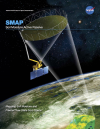 |
Soil Moisture Active Passive (2014) The Soil Moisture Active Passive, or SMAP, mission (described in this brochure) is NASA’s first Earth-observing satellite mission designed to collect continuous global observations of surface soil moisture and freeze/thaw state every 2-3 days at 3 to 40 kilometer (~2 to 25 mile) spatial resolution. As suggested by the name “Active Passive,” SMAP will carry an active microwave radar and a passive microwave radiometer that will measure across a 1000-kilometer (~621-mile) wide swath. The ability to measure global soil moisture and its freeze/thaw state from space with unprecedented accuracy and spatial resolution will allow scientists to better understand the processes that link the Earth’s water, energy, and carbon cycles, as well as enhance the predictive skills of weather and climate models. In addition, scientists can use these data to develop improved flood prediction and drought monitoring capabilities. Societal benefits include improved water-resource management, agricultural productivity, and wildfire and landslide predictions. This is related to the following mission(s): This publication appears in: |
 |
GPM Core Observatory (2014) The Global Precipitation Measurement (GPM) mission is an international partnership co-led by NASA and the Japan Aerospace Exploration Agency (JAXA). The mission centers on the deployment of the GPM Core Observatory and consists of a network, or constellation, of additional satellites that together will provide next-generation global observations of precipitation from space. In this brochure you will learn about the specifics of the GPM Core Observatory and its role in the GPM mission. This is related to the following mission(s): This publication appears in: |
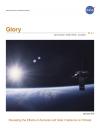 |
Glory Glory will improve measurements of two critical parts of the climate system: small airborne particles called aerosols and a measure of the sun’s output called total solar irradiance (TSI). This guide is a resource for science writers and journalists, providing contact information for experts working on the mission; information on the spacecraft, its instruments, and the science behind the Glory mission; feature stories about aerosols, the sun’s energy, and how these elements affect our climate. *Glory was lost in a vehicle launch failure. This is related to the following mission(s): This publication appears in: |
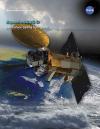 |
Aquarius/SAC-D Changes in sea surface salinity have large-scale effects on Earth’s water cycle and ocean circulation. Before now, scientists had studied these changes using measurements collected by ships and buoys out at sea. Fortunately, for the first time ever, NASA’s Aquarius/SAC-D satellite will provide space-based, global sea surface salinity measurements. Surface salinity data from Aquarius/SAC-D will give scientist a key to better understanding how ocean circulation is tied to global climate. This is related to the following mission(s): This publication appears in: |
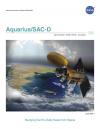 |
Aquarius/SAC-D The international Aquarius/Satélite de Aplicaciones Científicas (SAC)-D mission will provide, for the first time ever, NASA’s space-based measurements of global sea surface salinity. Scientists will use Aquarius/SAC-D data to develop a better understanding of our Earth’s water cycle and ocean’s circulation patterns. Aquarius observations will also contribute significantly to improving computer models used to forecast future climate conditions. This is related to the following mission(s): This publication appears in: |
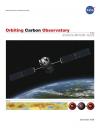 |
Orbiting Carbon Observatory The Orbiting Carbon Observatory is the latest mission in NASA’s ongoing study of the global carbon cycle. It is the first spacecraft dedicated to studying atmospheric carbon dioxide, the most significant human-produced greenhouse gas and the principal human-produced driver of climate change. This is related to the following mission(s): This publication appears in: |
